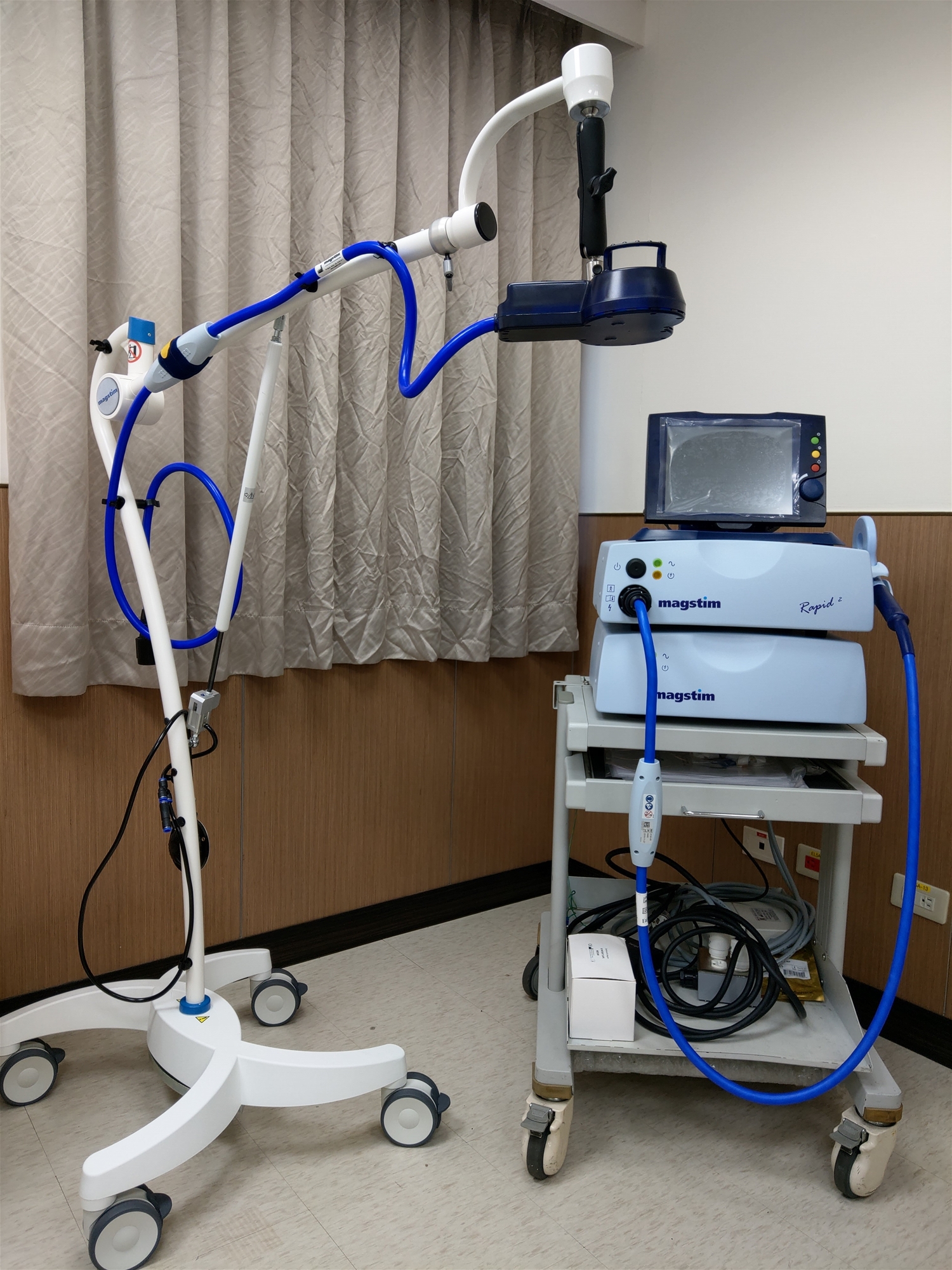Repetitive transcranial magnetic stimulation (rTMS) is a technique that does not invade the human body while stimulating specific parts of the brain. Place a magnetic coil on specific area of scalp, when a strong current passes through the coil, it will generate a short-lived electromagnetic pulse, which passes through the skull to the corresponding brain area. Through continuous and regular repetitive stimulation, it can enhance or inhibit the function of a specific area of the brain.
Technical advantages
|
It is a non-invasive technique with no wound, a painless, non-traumatic form of stimulation, and a novel field of brain science for the improvement of central nervous system and regulation of neuroplasticity. In clinical brain medicine, rTMS, having the function of diagnosis and non-traumatic intervention, is considered, together with positron emission tomography (PET), functional magnetic resonance imaging (fMRI) and magnetoencephalography (MEG), one of the four brain-based technologies in the 21st century. |
 |
Contraindications and patients in need of further evaluation
- Severe spinal cord injury
- Metal implants above the neck
- Heart pacemaker installed
- Cardiac stent implanted
- History of epilepsy
- Aneurysm or brain injury
- rTMS indications:
| Type | Symptom |
| Neurological or mental disorders | Migraine |
| Depression | |
| Obsessive–compulsive disorder (OCD) |
- At present, the research results at home and abroad indicate that rTMS applied in the auxiliary treatment of stroke rehabilitation receives positive feedback. The research field is also expanding, including neural improvements in motor function in the upper and lower extremities and speech function. The technique aspect is also more precise, such as the location of the stimulus, the intensity of the stimulus and the frequency of application. Over the past 20 years, studies have been published in various medical periodicals and journals.
Nerve stimulation and maintenance
The whole procedure is divided into stimulation and maintenance. In terms of stroke-assisted therapy, after the stimulation of central nervous system, it needs to be combined with the rehabilitation course to maintain and improve the efficiency.
Different parts of the brain are stimulated for different symptoms, with sessions lasting about two to three weeks and about 10 to 40 minutes each time. During the process, there may be dizziness or muscle beating. With relaxation of body and mood, it can ease discomfort.
Known side effects
It may cause temporary tinnitus, dizziness or scalp pain, but after a short rest, the discomfort will gradually disappear.
In more severe cases, seizures or systemic myoclonus may occur, but the risk is 1 in 10,000, which is extremely rare under normal circumstances.
Family-like care
Each patient's condition is different, and detailed evaluation is required before a specific treatment plan can be developed. For details, please contact the rehabilitation physician's clinic.

